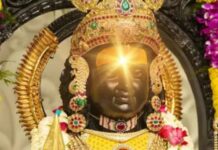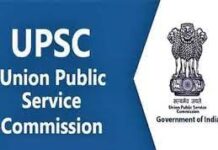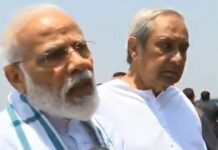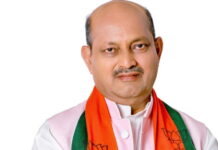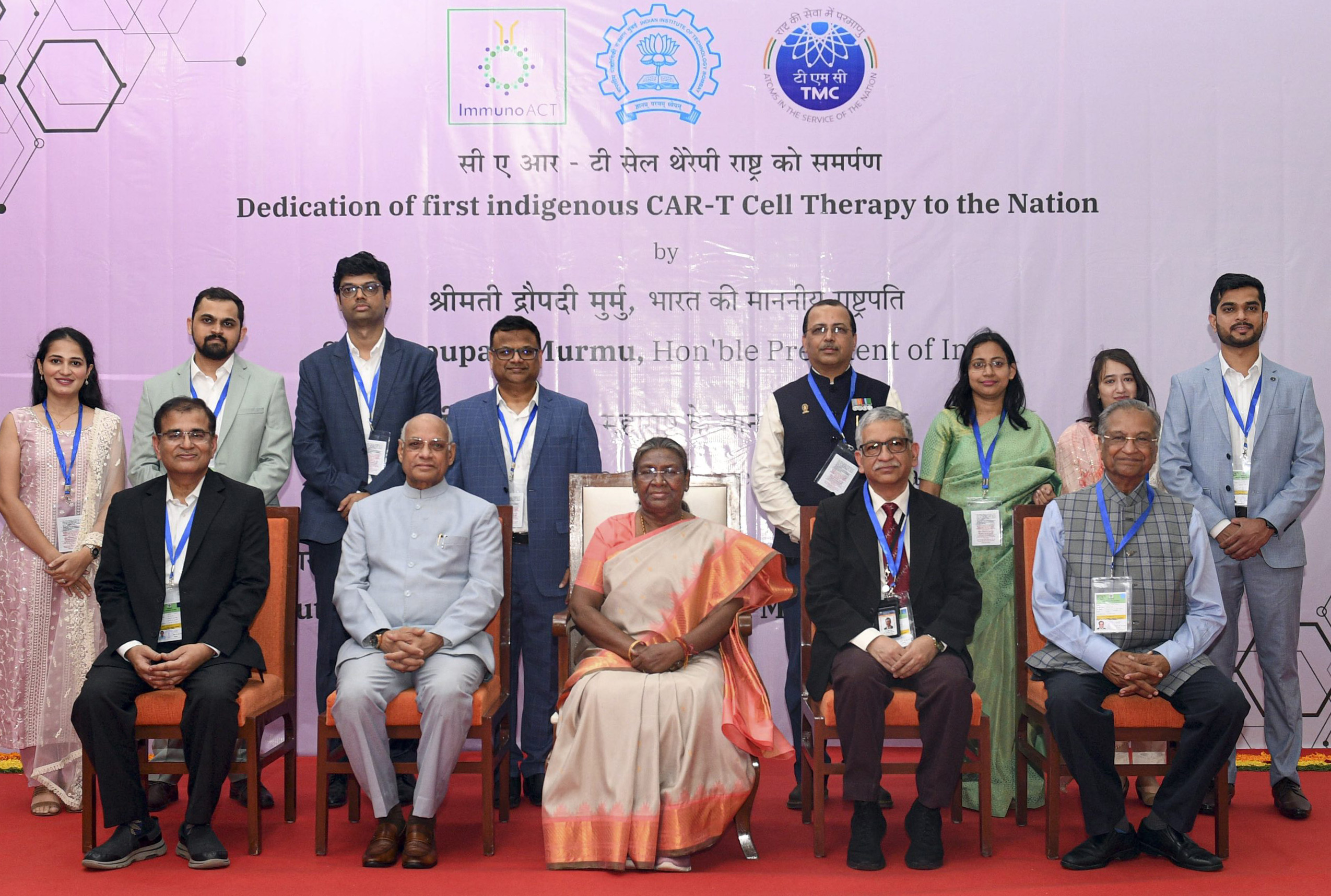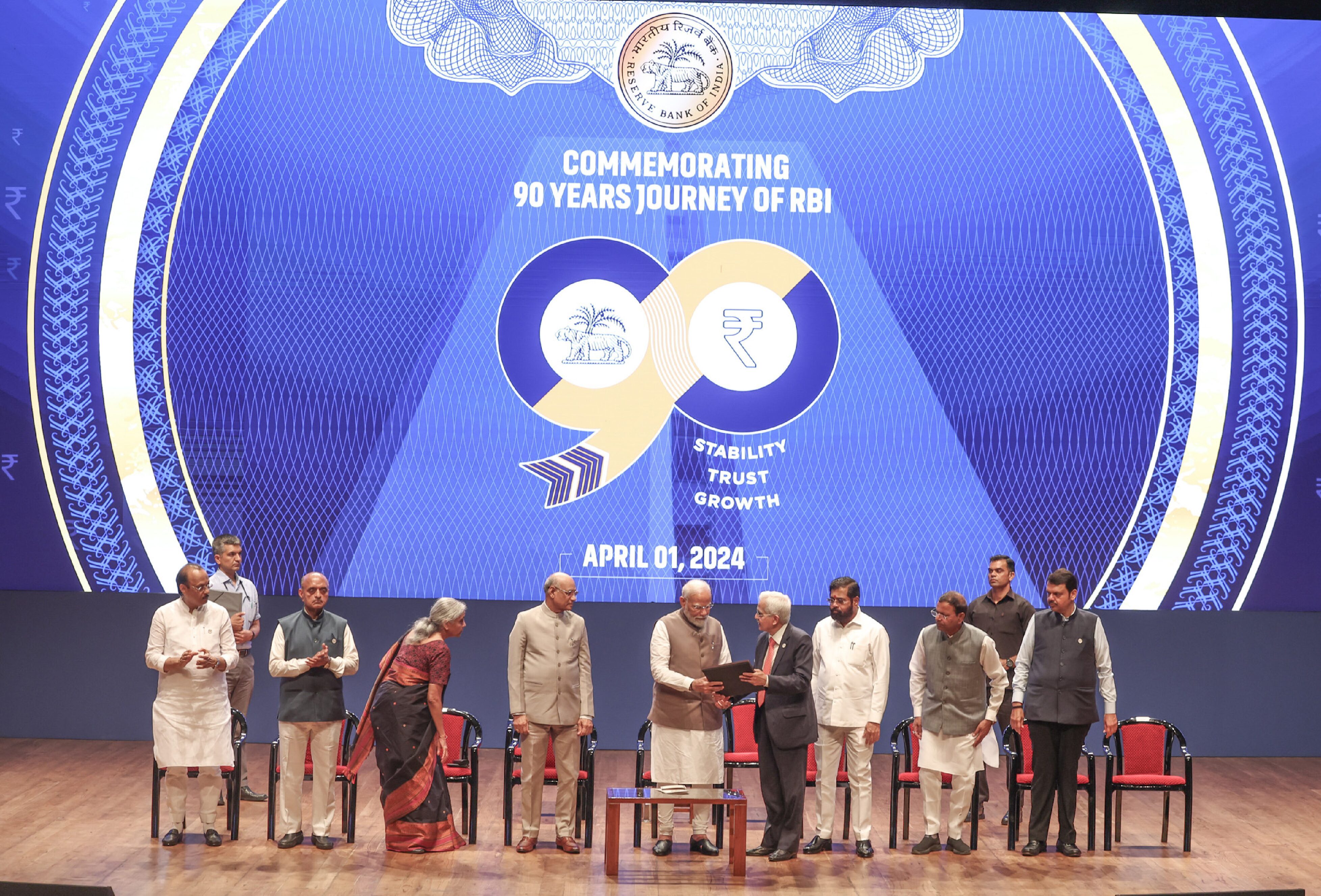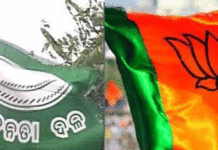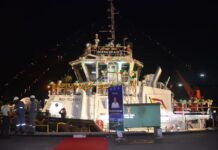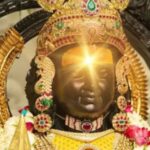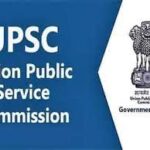Apart from earning foreign exchange and creating employment opportunities, tourism contributes to the development of a region. It leads to the development of infrastructure and facilities like communication, transport, accommodation, wayside facilities, electricity, water supply and handicraft. Tourism, therefore, contributes to the overall economic development of the region.
With the steady growth in living standards, travel is no longer a leisurely pursuit of a select group, but has became the natural custom of a large segment of the population in our country. In view of the tremendous potential of this industry, it is estimated that 15 per cent of the population travels during vacations today and the figure would touch 20 per cent by 2016. Therefore, the need for servicing further growth, an integrated approach on all fronts, is considered essential.
Amongst the various factors that can aid future development of Odisha, tourism can provide the maximum incremental productivity, both economically and socially. Every region of Odisha is endowed with a large number of natural resources, environment and ecological factors and a rich cultural and religious heritage. It is therefore necessary to adopt a development policy wherein tourism is an integral part of the overall development plan.
Northern Odisha’s tourist potential:
A tourism area or region is one that contains tourist attractions, accommodation and other facilities and services, all well served by the transportation network. Designation of tourism development regions provides the basics for integrated planning of the region, so that it functions efficiently and is relatively self-contained. Designation of tourism regions also allows for effectively staging of tourism from one region to another over a period of time.
Tourism regions are logical geographic units and are selected based on their containing significant tourism attractions, the opportunity for provision of access and an internal transportation network and capacity for development of tourism facilities and services. It should be planned on an integrated pattern.
Tourist Districts:
Within the development regions it is often desirable to establish tourism centres that havegood access from outside the region and to other parts of the region and provide a concentration of facilities and services for tourists. Thus the tourism centre provides convenience for tourists and makes it easier for the government and private sector to develop these facilities and services.
An approach widely used in tourism development in many places is concentration of tourism facilities and services in certain areas in the form of tourist districts. As opposed to disperse development, concentration offers several advantages:
- More efficient utilisation of infrastructure, like transportation, water supply, electricity, waste disposal and telecommunication. These services need constant up-gradation and modernisation.
- Convenient for visitors, as facilities, security and services are available in proximity. Concentrated development supports more specialised facilities like medical services are possible. Opportunity for integrated planning and application of environment controls and containment of any negative social impacts is possible in one compact area.
- Every Forest Division may consider, to maintain, sites developed for Camping, Nature Interpretation Centre, Day use picnic sites and some exotic Lodgings like Tree Top Hotels and Restaurants. Camping sites for Motor Tourists are now in demand. However, adequate sanitary and waste disposal management should be ensured.
- Trekking Trails should be identified in every designated forest area traversing through scenic ridges, valleys, rivulets and waterfalls and open terrain of the forest.
What a Tourism Resort needs:
Provision of general tourist needs like hotel, catering, transport, communication and entertainment.
- Recreation: utilising the resources available at the site and in the neighbourhood
- Adventure Tourism: mountain climbing, animal safari, bird watching, water sports, trekking, fishing, camping, nature study & picnicking.
In addition to facilities, the planning of a resort must meet the criteria to satisfy market and investment needs to create an attractive ‘image’ to harmonise with the environment and to meet social and economic objectives.
Each district is required to be developed as a resort, such outfits present individual features and also limitations, which require original solutions, imaginative planning and flair creativity.
Tribal Life:
So many indigenous people living in isolation have drawn the attention of scholars all over the world. They are inquisitive to know how a small population, amid a flourishing Indian civilisation got lost and lived in wilderness. Some decades ago ‘National Geographic’ concluded that soon the changes would come in their life with modern developments and growth of industry in this hilly region.
Tourist Requirements
Tourists paradoxically often seek –
- Tranquillity and rest with adequate facilities for entertainment & sport.
- Anonymity — but also the opportunity to meet people and participate in social activities of the rapidly changing community.
- Contact with Nature, with contras & costumes, with pre-industrial societies — but with standard of home comfort.
- Seclusion & privacy — but with benefits of security and close proximity to leisure and recreational facilities.
- Most tourists are city- and town-dwellers, for whom holidays essentially mean an escape from urban conditions, high densities, pollution and organised routine lives. To provide a refreshing experience of contrast, tourist resorts may be planned as ‘anti’-towns.
Tourist Treasure:
- Wild Life
- Colourful tribal culture, music, dance and handloom
- Festivals
- Geo-thermal site for health, renunciation and relaxation
- Hills and valleys for nature study and cool weather
- Sea beaches
Tourist Products in Northern and Western Odisha
- Temples of Khiching hill
- Rock Paintings of Sitabinji
- Pre-historic rock paintings
- Leaning temple of Huma
- Vedvayan temple, Panposh
- Nurshinghnath Temple
- Harishankar Temple
- Yoginishrine at Ranipur-Jharial
- Gupteswar CaveTemple, Malkangiri
- Chau Dance, Mayurbhanj
- Dalkhai, Sambalpur
- Other Tribal Dance & Music of each district
Hills, Valleys & Waterfalls:
- Meghasani hills
- Gandhamardan hills
- Peaks in Keonjhar district
- Sana Ghaghra waterfalls
- Waterfalls at Bonai
- Hill station of Jalda
- KalingaGhat
- Hirakud Dam
- Mandira Dam
- Sunabeda
- Malkangiri
- Mahendragiri hills
- Hill station of Daringbadi, Phulbani
Forests & Wildlife:
- Similipal Tiger Reserve
- Satkosia Gorge, Tikerpara
- Debrigarh&Bardama Sanctuary
- Kondakambera Sanctuary, Koraput
- Sunabeda Sanctuary
- Several sites of scenic beauty around the river Brahmini, Baitarani, Mahanadi &Rushikulya while flowing through the hills of Eastern Ghat
Mountain Trekking & Climbing
- Taptapani to Chandragiri
- Mahendragiri
- Dhabaleswar to Tikkerpara (along the river Mahanadi)
- Nurshinghnath to Harishankar on the Ramayan-mentioned legendary hill of Gandhamardan
Hot Springs: Odisha’s Geo-thermal Fields as International Standards Spas
- Tarabelo, Khandapara
- Taptapani, Ganjam
- Bameni
- Deuljhari, Athmalik
- Atri, Khurda
Lakes, Gorges, Water Reservoirs
- Hirakud Dam
- Mandira Dam
- Indravati Dam
- Tikkerpara Gorge
- Darjing, Bonai
- Pradhanpat, Bonai
- Bada Ghaghara / Sana Ghaghara (Keonjhar)
- Duduma falls
- Anshupa Lake
- River rafting in hill terrain
Hot Springs: Geo thermal fields of Odisha
A special mention has to be made about the potential of springs of Odisha. Once developed to international standard, it will attract high spending travellers, both domestic & foreign.
The Eastern Ghats have several thermal springs having temperature of 50°C. Some have sulphur content. The most popular ones are at Atri (30 km from Bhubaneswar), Tarabelo (near Khandapara, 70 km from Bhubaneswar), Taptapani (70 km from Gopalpur-on-Sea), Bamani (130 km from Gopalpur-on-Sea) and Deuljhari (near Athmalik in Angul). These springs could be developed as tranquil havens for senses, offering non-clinical treatment for relaxation and beauty. An extensive range of soothing and aromatic treatments can be available in modern therapy rooms & suits. The spas built around the hot springs could offer programmes that combine simple health maintenance with rejuvenating herbal remedies and teach yoga.
Most of these hot springs are oozing below the surface level. Assistance of experts has to be obtained for planning proper utilisation of this resource for attracting tourists. Prospects of this geo-thermal spring for tourism have remained untapped in India. Perhaps a request may be made to UNDP/WTO to provide technical support.
“The Eastern Ghats of Odisha are steep, rocky mountains,” the National Geographic describes, “though relatively small, they resemble the Rockies and like their American counterparts, they have presented a frontier atmosphere.
“The meandering forest trails from Meghasani Peak, Gandhamardan hills lead to the south of Orissa and to the state’s highest peak ‘Mahendragiri’ (about 5000 ft. high)”.
The entire Eastern Ghats can be divided into three regions:
- Eastern region consisting of ancient temples of Khiching, the Similipal
- The central region consisting of the mine areas of Keonjhar/Sundergarh, Rourkela Steel Plant, Multi-purpose Hirakud Dam,Jharsuguda, factories & plants of NALCO, Jingals and several others at Angul, Tikkerpara gorge, Deuljhari hot springs, Bargarh handloom areas, Nrisinghnath, Sonepur, etc.,
- The Western region consisting of Yogini-shrines of Kalahandi, the valleys of Phulbani&Koraput, Indravati Dam, Bonda Hills, Gupteswar Cave Temples, Mahendragiri hill, Chandragiri, Taptapani. This region may include Gopalpur on Sea & the rock edicts of Jaugada. This region covers the colourful ancient culture of tribals still living in semi-isolation.
- A long-term plan has to be drawn for these regions after careful consideration of all aspects for boosting tourism in this part of India by providing amenities that a modern tourist looks for.
These amenities are broadly divided as follows:
-
- Accommodation – Hotels, Motels, Resorts, Camps
- Transport
- Beautification and provision of basic sanitary facilities at tourist spots
- Provision of recreational facilities, sports, entertainment
- Co-ordination of tourist facilities through different departments and agencies
- Promotion & Marketing, Publishing & Research
- Creation of an autonomous tourism board to co-ordinate between government and private sector for infrastructure development & marketing.
High Revenue from Holiday Travel
Holiday travel constitutes the real core of the tourist industry and travellers who go out for pleasure holiday are the ones who contribute a substantial share to the tourist revenue.
The regions identified are on the borders of the industrial hub of Bengal, Jharkhand and Chhattisgarh. The urban population of Kolkata and the vicinity are the greatest market for these destinations.
The directorate of tourism will never be able to give due attention to the needs of this region because they have much bigger projects like Bhubaneswar–Konark–Puri. Hence it is suggested that these districts should come under a separate tourism authority whose duty will be only that of a facilitator. It will identify the vital tourist projects and attract private investment for building them within a timeframe. This organisation will also undertake publicity of the tourist products and market them.
Growth Plan for Investment
- Development of a resort town at Talsari / Chandaneshwar.
- Nature camp at Jashipur near Similipal tiger reserve
- Development of a hill station near Keonjhar on the misty mountains
- Nature camp at Bonai
- Nature camp at Narsinghnath
- Modern spa at Deuljhari hot spring
- Hill resort at Daringbadi,Kondhamal
- Ayurvedic rejuvenation centre at Taptapani
- Mountaineering at Mahendragiri
- Resort at Valley of Sunabeda like the Arka Valley in Andhra







